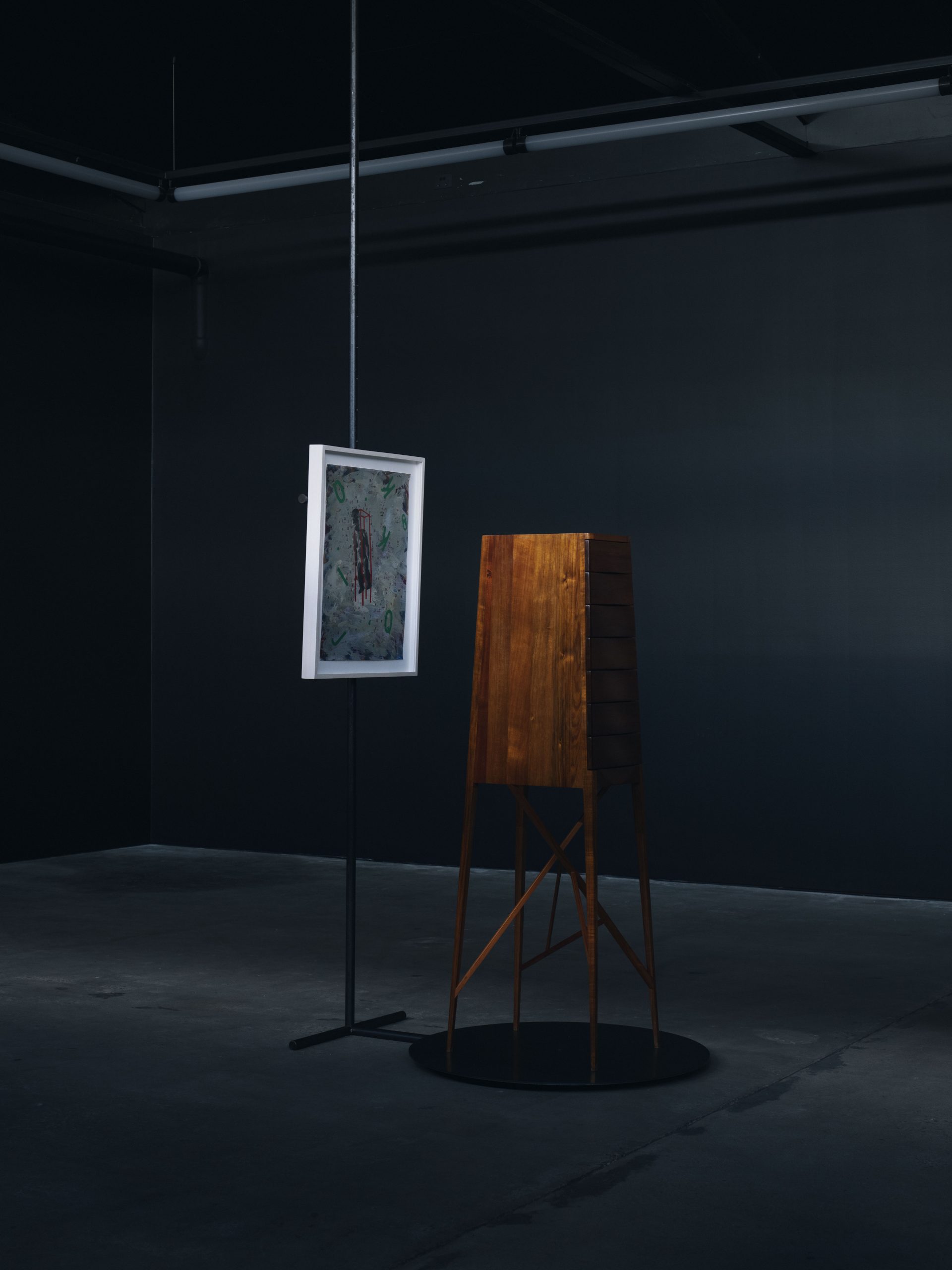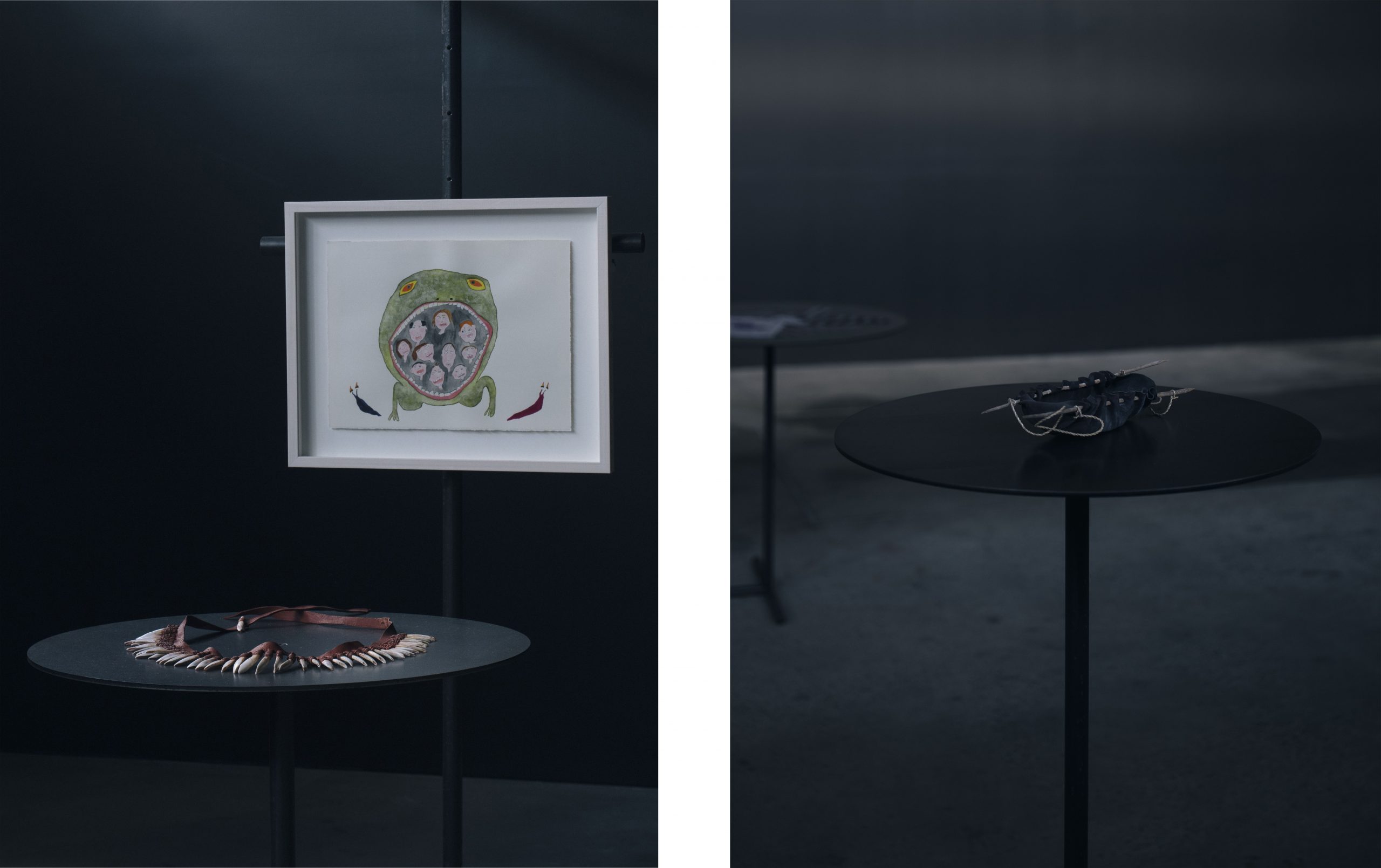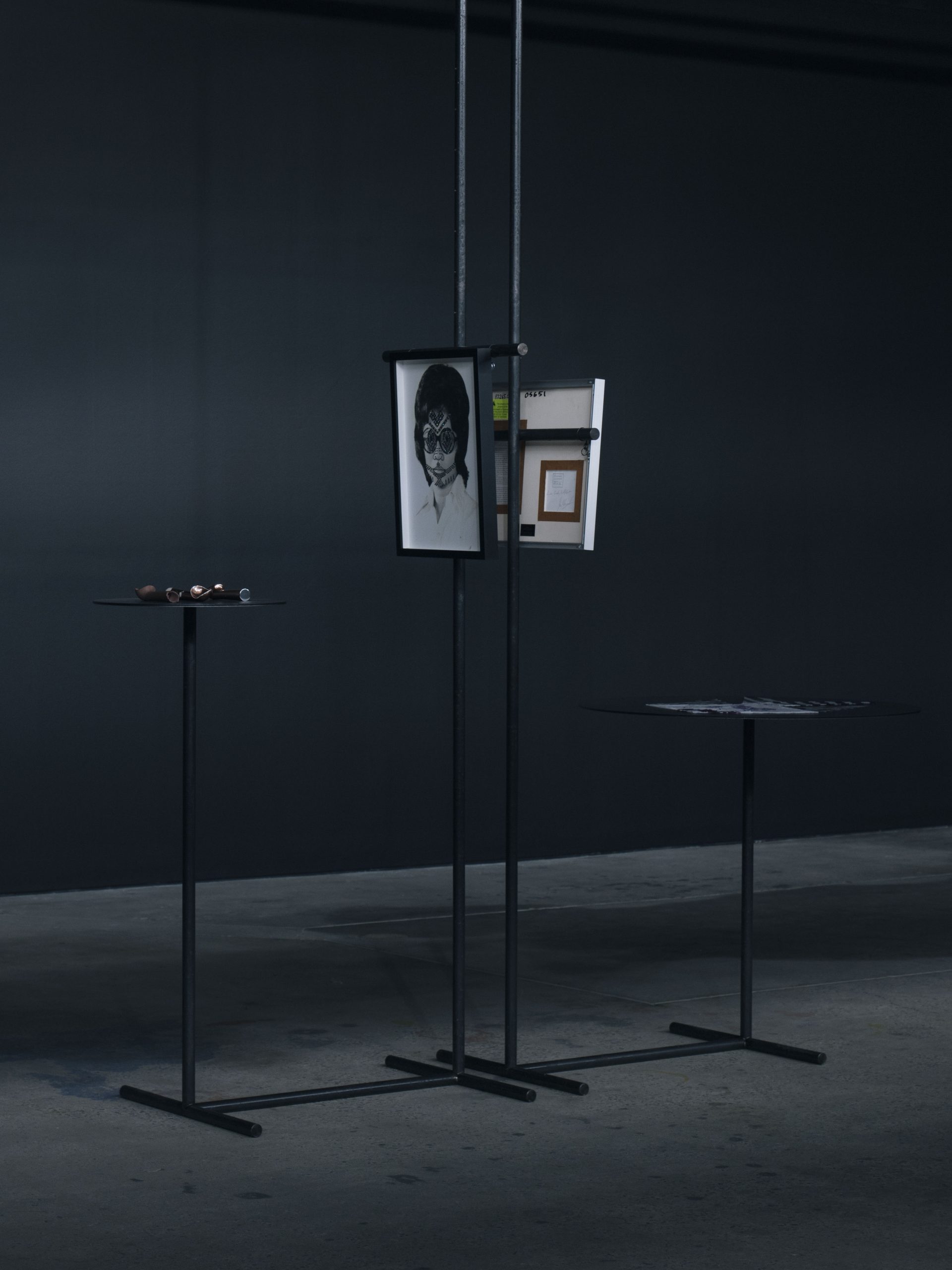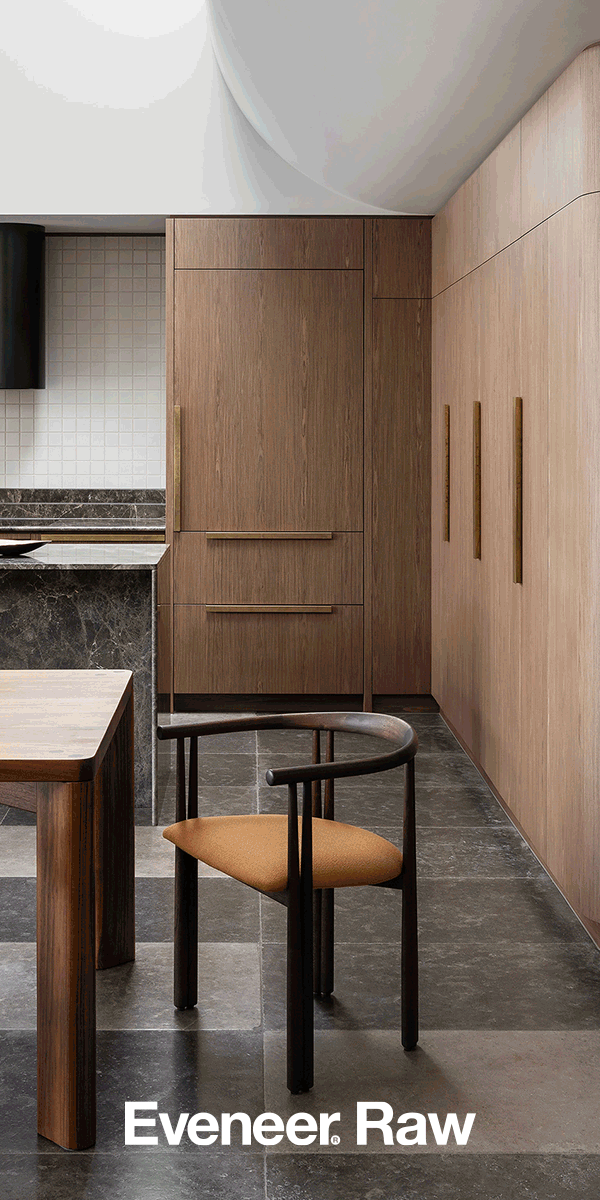A new site-specific commission for a private home in Bronte, on Gadigal Country, sees artist Mason Kimber create a relief in situ, calling on the...
The Grey Zone
An exhbition at the intersection of art and design, The Grey Zone, curated by Trent Jansen and Edition Office, pairs made objects with artworks drawn from the Artbank collection, facilitating unmediated encounters and unlikely new connections.
Essay
Rory Hyde
Photography
Ben Hosking
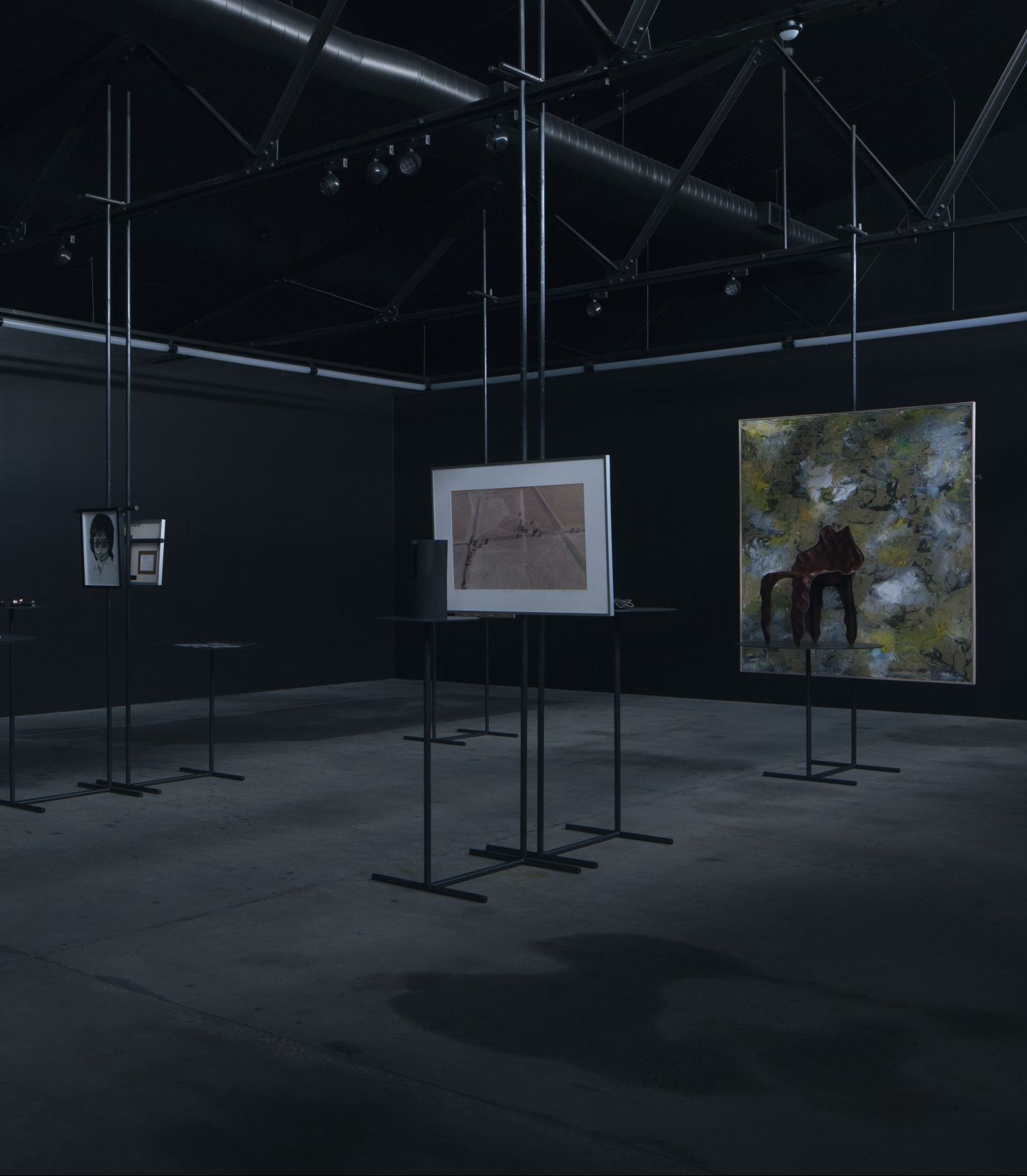
What happens when we stand in front of an artwork? At the most fundamental level, we look at an object, we respond to it, the work forms an impression in our minds and – hopefully – it affects us in some small way. There’s an exchange between the viewer and the maker, an invisible dialogue, taking place in the space between.
Rarely do we have such direct and unmediated encounters. Our experience of art is part of a complex network of relationships. We stand in a space, we look at a work, we read a text, we look at another. We start to form a story in our minds, connecting dots together, searching for patterns and feeling.
The Grey Zone (2021), an exhibition curated and designed by Edition Office and Trent Jansen, takes this dialogue between objects as its subject. “If you put thing A next to thing B, no matter how unrelated they are, they become related, and sometimes really interesting things happen,” explains Kim Bridgeland of Edition Office.
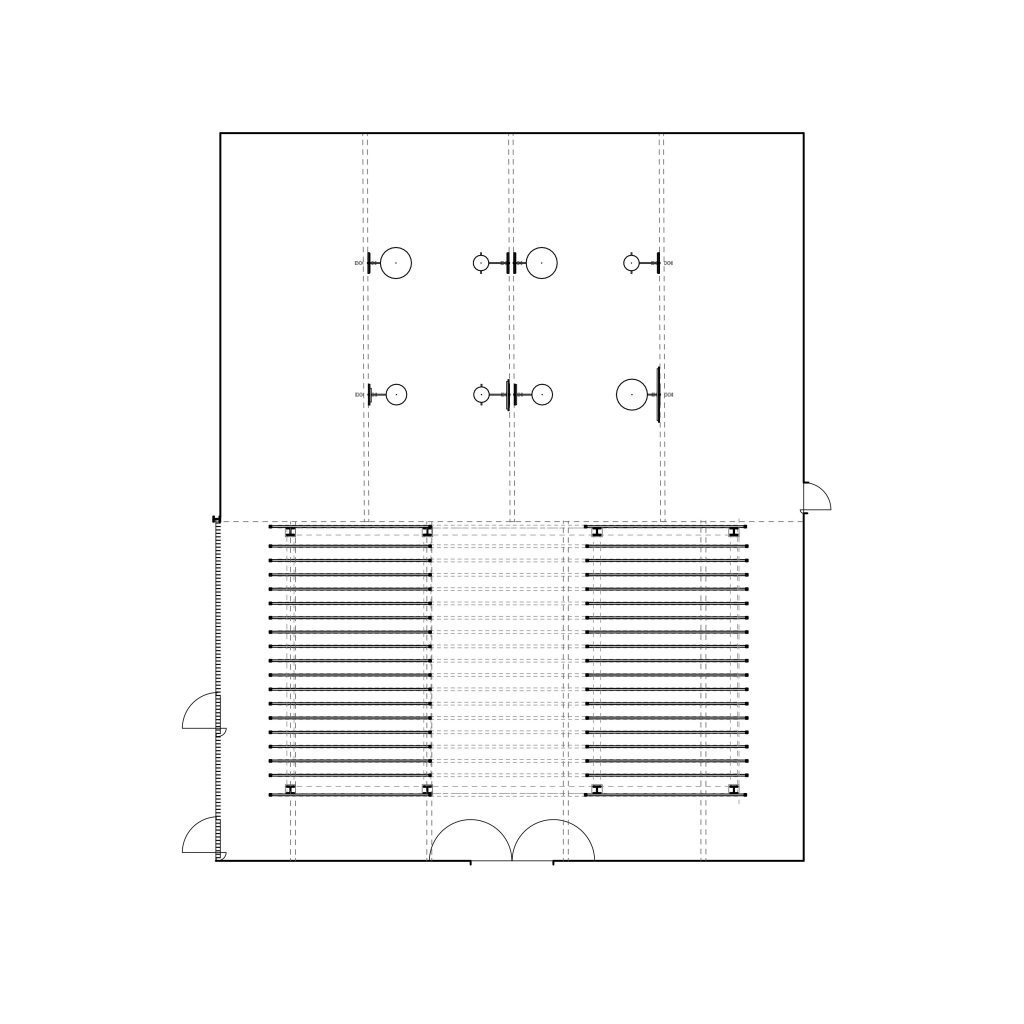
A small and focused display of only sixteen works, The Grey Zone pairs eight design objects, ranging from jewellery to a tall-boy cabinet, with artworks from the Artbank collection. These pairings are mounted on a series of metal armatures, presenting the design object directly in front of the framed artwork, bringing each into a focused dialogue. Interesting things do happen.
A kangaroo tooth necklace made by Maree Clarke is presented in front of a watercolour by Pip Ryan, which shows a green frog with people inside its wide open mouth. These works come from very different paths. One is part of a reclamation of Aboriginal culture by a First Nations artist; the other is playful and absurd. And yet both works have a ring of teeth, so we can’t help but feel a resonance between them.
A kite made from recycled plastic bags created by unknown makers in Bali is paired with a black and white photograph of tyre swans from 1980s Melbourne suburbia. The two works celebrate the creative reinvention of discarded objects in vernacular folk art, while also alluding to flight. Together, they question the arbitrary boundaries of who gets to be an artist, and who gets to be a designer.
A leather chair designed by Trent Jansen and Johnny Nargoodah is paired with a painting by Tim Johnson. The rippling textures of the brushstrokes in Johnson’s abstract work are echoed by the chair and its shifting outline. Each object is given further depth by the other.
While some of these pairings are there to make a point, others are more ambiguous or just simply intuitive resonances to be enjoyed. “We wanted there to be an opening for each person seeing that space to bring their own thing,” notes Bridgeland. “We can’t control what they know, what dots they join between the two pieces.” There are no labels.
Many of the works are made by First Nations artists and designers, something which Bridgeland frames as central to Edition Office’s practice. “We set ourselves up by saying: ‘We work within Australia, we’re always working within context’. That triggered a need to answer certain questions. What does that mean? How do you respond to these social, political, ecological connections, and to place?” Bridgeland describes this as a “figure-ground relationship [where] no matter how much they do or do not belong there, they’re always going to bring their own projected gaze into that interaction.” This sensibility is realised in the exhibition by avoiding the didactic and instead creating space for ambiguity. There are narratives at play in the exhibition pairings which resist easy categorisation. It is in this quiet absence that space is created for other forms of knowledge and other forms of storytelling.
The exhibition was presented in Artbank’s new storage and gallery space, also designed by Edition Office, in a former warehouse building in Collingwood. It is not a white cube gallery, but something closer to a studio or factory. The floor is concrete and the walls are lined in raw steel. Half the space is occupied by the storage racks holding Artbank’s collection, with the other half given over as gallery. This sets up another critical dialogue of The Grey Zone, that between the exhibition and the archive. All of the flat works in the exhibition have been drawn from the Artbank collection, giving a sense of openness and possibility. A different set of objects could lead to a different selection of pictures, resulting in an altogether different narrative. Despite being so focused, this modest exhibition points towards a larger set of ideas and practices, always within view.
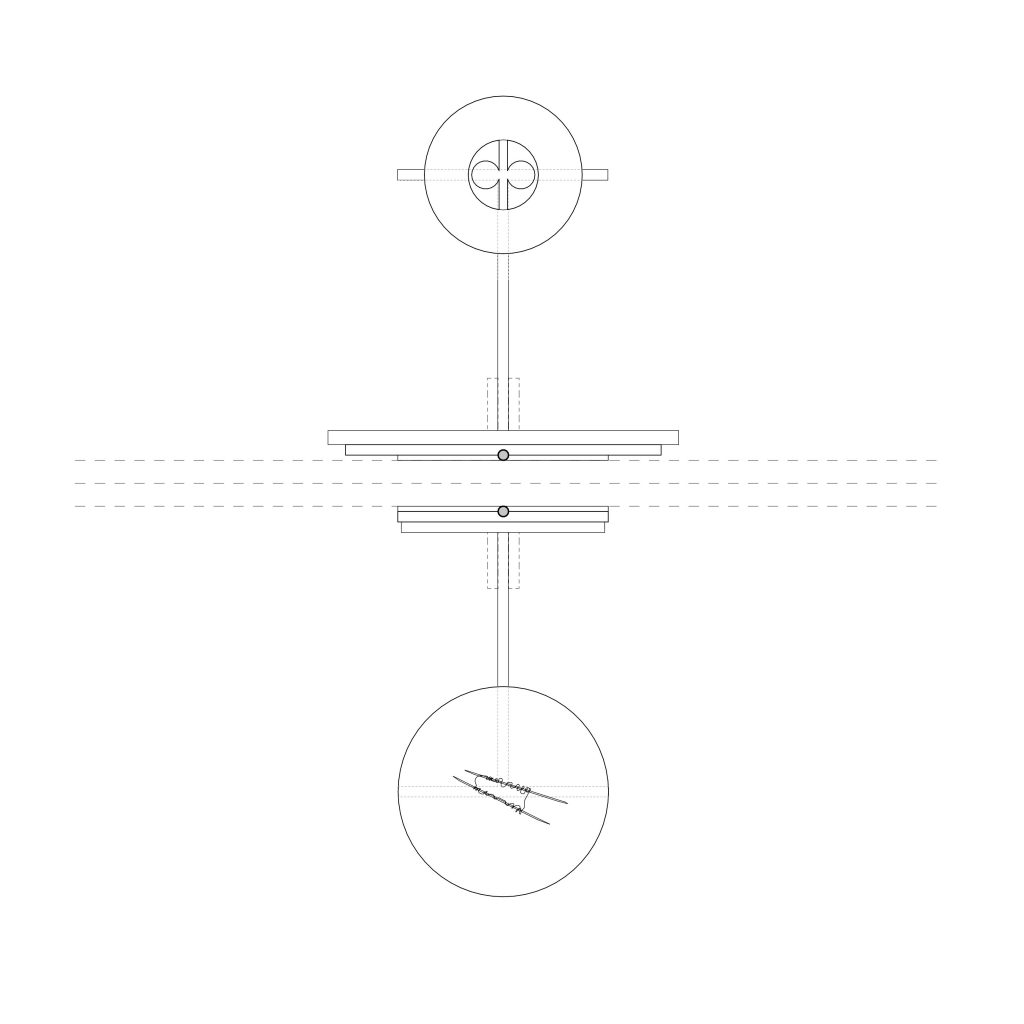
The metal armatures which hold the pieces in place are similarly focused and yet suggestive of larger ideas. There is almost nothing to them – standard sections of raw steel welded together – yet they evoke the freestanding glass easels of Lina Bo Bardi at MASP in Brazil, and Carlo Scarpa’s refined metalwork in the Museo di Castelvecchio in Italy. Nothing is hung on the walls and all the works are presented in the round, transforming even the 2D images into objects and further emphasising the productive dialogue between art and design.
For an exhibition with dialogue at its centre, it’s a great shame that it opened to the public for only a week before the pandemic-led lockdowns saw its closure. When we stand in front of a work, not only do we look at it, the one next to it and the one next to that, we also look at others looking, others look at us, we feel the weight in our legs, we hear the echo of the gallery, squeaky sneakers on concrete, the track of a stroller. We think about art, about design, about display, about ideas, but we also think about what we could have for lunch, or our phone buzzing in our pocket. It is through this entanglement of the banal and the exceptional that we are connected to art. It is only through this bodily engagement that the dots we connect can be carried out with us into the world.
Originally published in Union 01. For more drawings and photography of this project subscribe to Union magazine.
The Grey Zone can be viewed online through a three-dimensional tour at captur3d.io/view/artbank/artbank.
